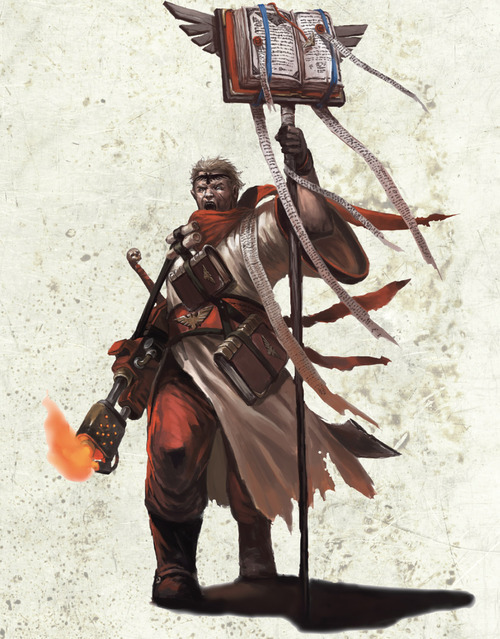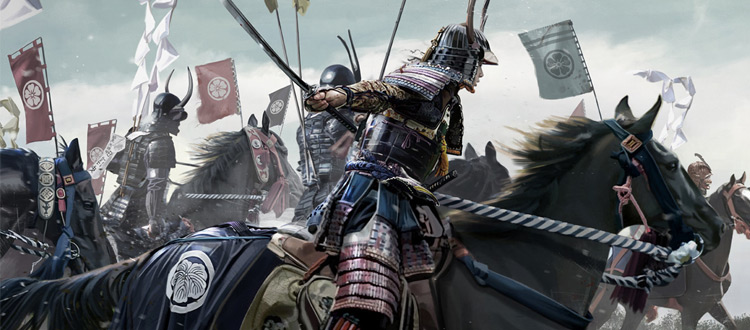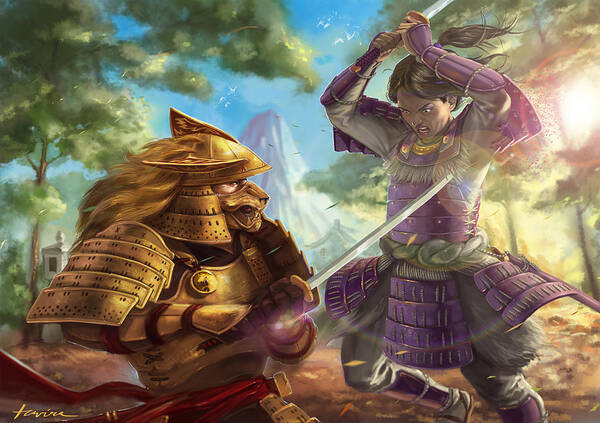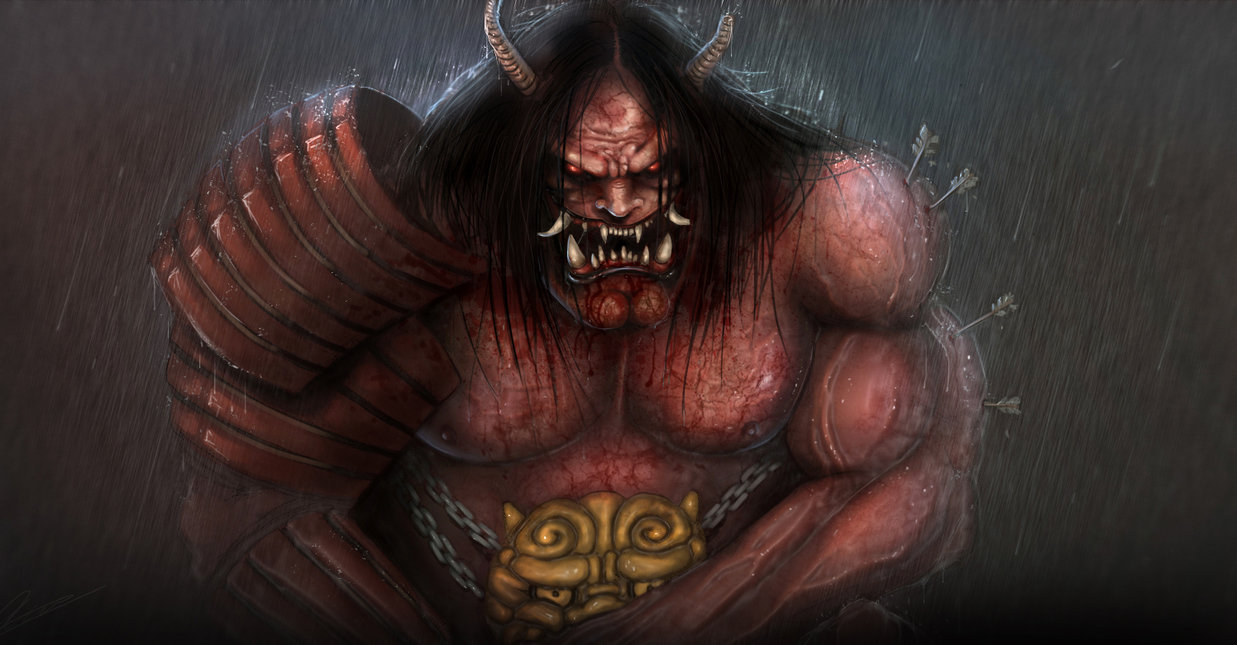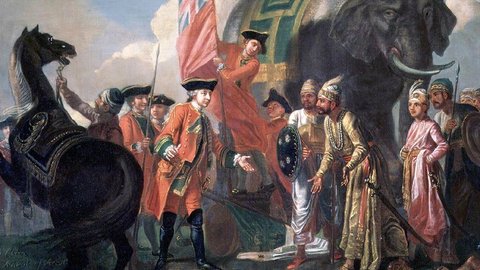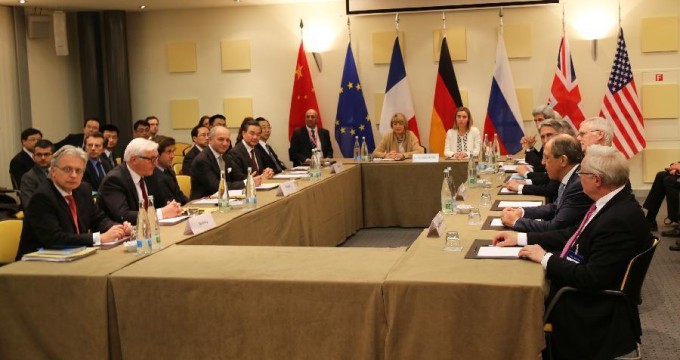The world is a weird place right now. Toilet paper is flying off the shelves faster than those weird anthropomorphic bears can make it, most businesses are closed, and we have to stay at least six feet away from everyone. While it may seem trivial, those of us who game in the physical realm (tabletop roleplaying games, wargames, board games) can find our main pastimes taken away from us due to the requirement to “shelter in place” and “practice social distancing.” While my wife and I can continue to play our normal one-on-one roleplaying games, board games, and wargames, many people are not lucky enough to have a live-in gaming partner. Having your main hobby taken away from you is a devastating experience, but we are all lucky enough to live in an age where technology is abundant and gaming resources are better than they’ve ever been to facilitate distance play. Today I’ll briefly summarize my own experiences with online gaming and suggestions for your own groups to try to provide some hope and help to those of you who may be suffering from gaming withdrawal, and tips if you’re starting out.
My Edge of the Empire group is primarily an online game; we have had only 2 in-person sessions since we started in March of 2018. Our group is scattered across the country as we moved after high school and college, so online play is the only way we can consistently get together to roll some dice. We use a variety of different tools simultaneously to make the game a success. For the primary gaming “table,” we use Roll20. The debate over which is better (Roll20 or Fantasy Grounds) is well-documented all over the internet, but I like Roll20 mainly for the ability to use all of its essential features free of charge, and its ease of manipulation. It never takes me long to upload and prepare maps and tokens for encounters, and the system is easy to use for GMs and players alike. Fantasy Grounds is also a great system I’m sure, but I have no experience in using it. Roll20 has a built-in dice roller which covers all of the different numeric dice for games from D&D to Pathfinder to Call of Cthulhu, including a “GM roll mode” for those behind-the-screen rolls, but what it does not have (at least it didn’t when we started) was a “custom EOTE” dice roller. Instead, we use Star Wars RPG Dice Roller , a fantastic Fantasy Flight RPG dice roller which allows you to create a room where the dice are rolled. Given the open nature of the system’s dice rolls, this room works perfectly, and again is easy to use. Finally, for our video and audio, we use Google Hangouts, again because of quality and ease of use; we’ve found Roll20’s video and audio system to be finnicky and unreliable. In the balance, it requires us to have split-screens and multiple windows open, but it has worked well for us for two years and we don’t see any need to change it now.
For GMs and DMs out there, finding maps and tokens for an online game after only playing on the tabletop can be a daunting experience. I’ve found that Pinterest is the most abundant source or online maps and character art to be used for tokens on the internet. There are repositories, forums, and the like out there as well, but time and again I find myself returning to Pinterest, not only for the wealth of content, but also the quality of its “similar items” section below each map or piece of art. I’ve spent hours at a time going down rabbit holes of “similar items” and come out with a wealth of maps and art, both for current games as well as inspiration for future games. Here are some places to start if you’ve never jumped into Pinterest: Battle Maps , Character Art , Background Art . For the maps, on Roll20, you simply need to upload the map to your image archive on the website, drag and drop it into the background layer, and then adjust the scale to fit your needs. For pre-gridded maps, I recommend counting the dimensions of the map beforehand and then adjusting the Roll20 page size to the correct number of squares; then it’s a simple “pull to the edge” map resize and the grids will align correctly.
Compared with RPGs, wargames may seem like a tough proposition to do online, especially given that half (or more probably) of the wargaming hobby is putting together and painting your armies. While I hesitate to recommend anything you need to pay for, Tabletop Simulator is nonetheless the best option for online wargaming I’ve found, and is comparatively cheap for what you get: $19.99, which isn’t even the cost of a single box of troops for most wargames. Once you pay for the base simulator, the modding community has created incredible add-ons that you can download for free to play your favorite wargames. There are robust architectures for Warhammer and 40k , Bolt Action , Star Wars Legion , X-Wing , Infinity , and many others. There are dice rollers, rulers, and datacards included in many of the mods, making the transition easier. The physics of the game board can be wonky sometimes, but once you get the hang of grouping, selecting, and moving your digital minis around, the game can be almost as fun as playing on the real table, and faster (usually). A great advantage of using Tabletop Simulator to play wargames during this pandemic is that it gives you an opportunity to try out units, armies, and games that you have been wondering about, for a much lower cost than otherwise possible. Normally an IG player but wondering about Tyranids? Download the Tyranids army list and go to town on Tabletop Simulator. Wondering how that Knight Castellan plays but don’t want to pull the trigger on the model just yet? Throw one into your digital army list and take it for a spin 5, 10, 20 times over the next few weeks. The possibilities are endless.
Board games are in a similar boat as wargames: the best options are paid ones. If you were thinking about buying or already got Tabletop Simulator, there are tons of free options for board games on there as well, in addition to paid ones. Lots of board game publishers also put out digital versions of their most popular games which can be played with friends online; many are on phones and tablets as well so you can play anywhere.
The global pandemic of COVID-19 can make the world seem like a scary place, but it always helps to look on the bright side of things. If you love RPGs, wargames, or board games, I urge you not to let those hobbies fall by the wayside due to the imposed physical restrictions. Instead, look at this time as an opportunity: an opportunity to branch out and try new armies, new games, new campaigns, or even just an opportunity to play games more regularly since everyone’s schedules are far more open than they have been in….well, ever. Playing games has always been a wonderful way to spend time with good friends and family, and with the resources out there, that’s one thing that doesn’t have to change.
Good luck, and happy gaming.
